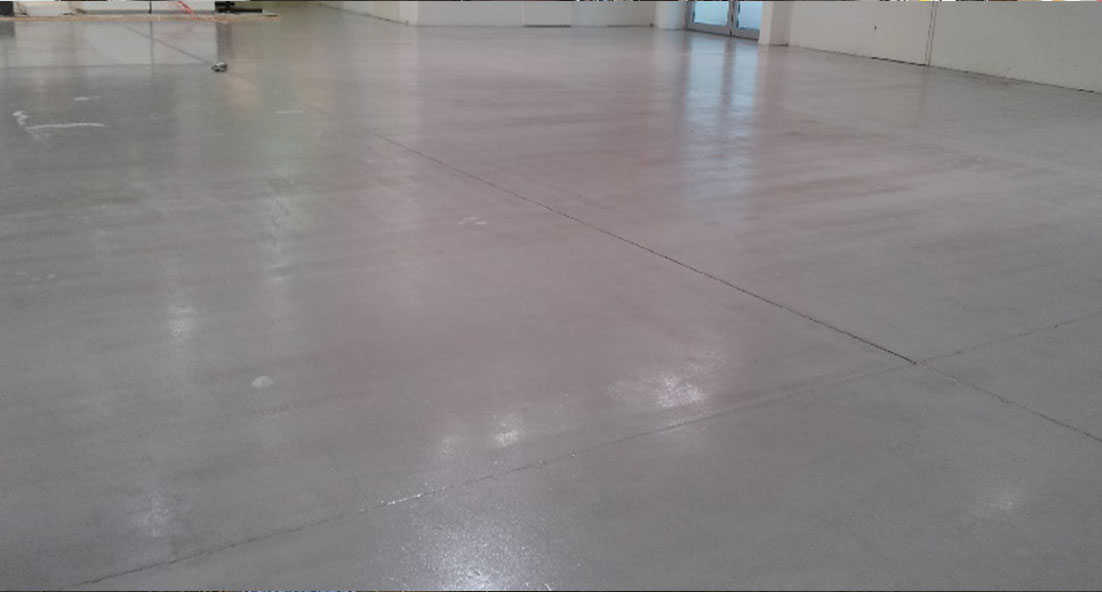
Here at Polycote, we get many exasperated people ringing us up asking what they should use to fill a crack in their floor. We regularly hear things like “Whatever I use it keeps cracking / falling out” or “nothing works in my joints”. Before we even begin to advise them what to use, the first thing to establish is whether the so-called crack is supposed to be there! In other words is it an expansion joint or is it a structural crack?
You may think this is always obvious to tell – a joint / gap between two slabs is very obviously an expansion joint. However, it may well NOT be obvious, if the original slab has been screeded over without re-cutting the expansion joints through the new screed. Maybe the joints have been nicely filled before painting or tiling over, thereby hiding the original joint.
So how can we tell whether it is indeed an expansion joint or a structural crack?
Well very simply, if the crack is in a straight line, then it is highly likely to be ‘over’ an original expansion joint. Alternatively, if it is a ‘wiggly’ line, maybe going in several directions, then it is most probably a structural crack. Please do take care though… ONE of the cracks may well be the original expansion joint…!
One of the most important points of this Polycote How-To Guide is to say it is VERY IMPORTANT you do NOT fill an expansion joint with a product that will cure to a solid hard lump, in other words, a product that is not flexible and will not allow for expansion and contraction. If you do fill them with a ‘solid’ material, this will be one of the most common reasons why you will get structural cracks (if you haven’t got them already!) and these will give you far more serious long term problems. It is extremely important that the individual floors slabs are allowed to move independently.
You may well think that there is no movement. Well if you are using a forklift or even a pallet truck in the area, stand on the same slab as the moving forklift and it is highly likely you will feel movement. Now stand on the neighbouring slab and if you have a ‘correctly working’ expansion joint, you will not feel the vibration. This simply proves that one slab is moving whilst the other is rigid. Should you fill the joint with something solid, you are most likely going to cause structural cracking AND long term problems!
Should you wish to fill / repair the joint or crack, then we have numerous Jointex and epoxy Crack Filler products and ALL are easy to use and by using the right one in the right place, they will ALL give you a long term solution. Click Here now to find the right one for YOUR floor, quickly and easily!!
